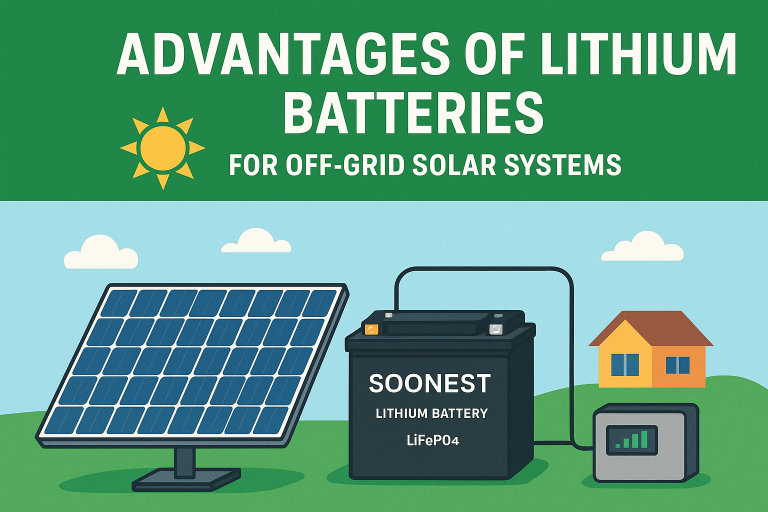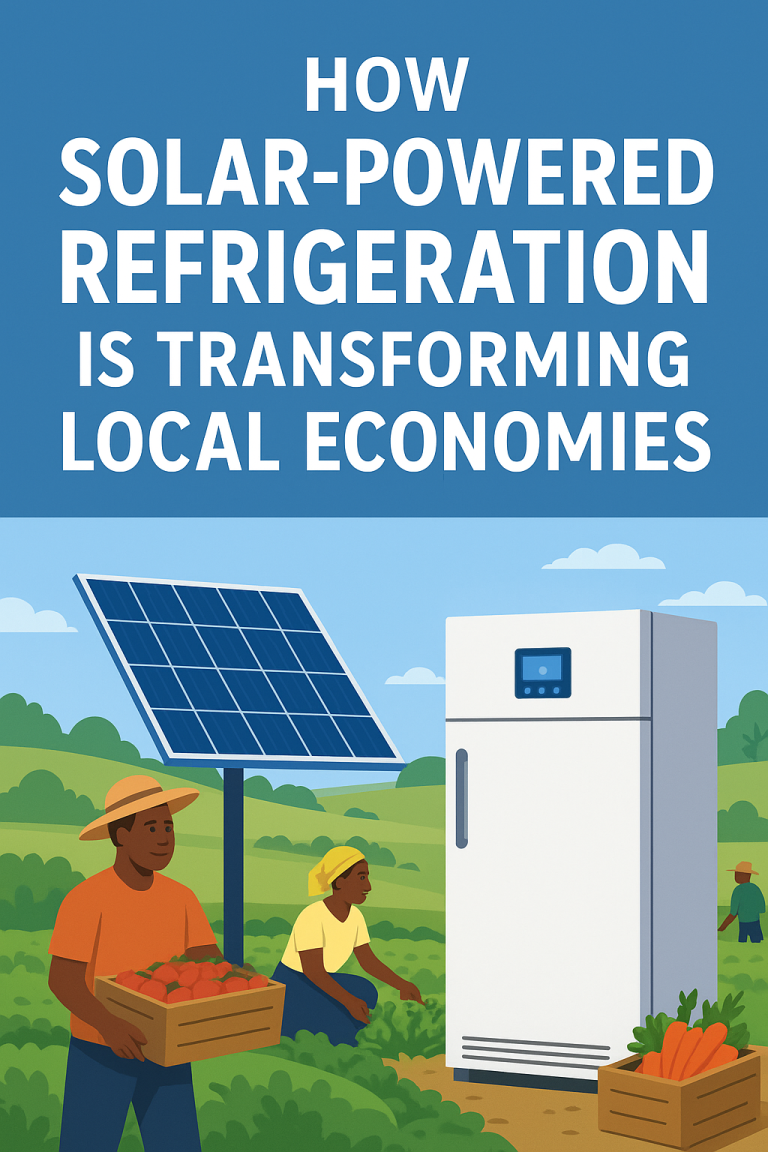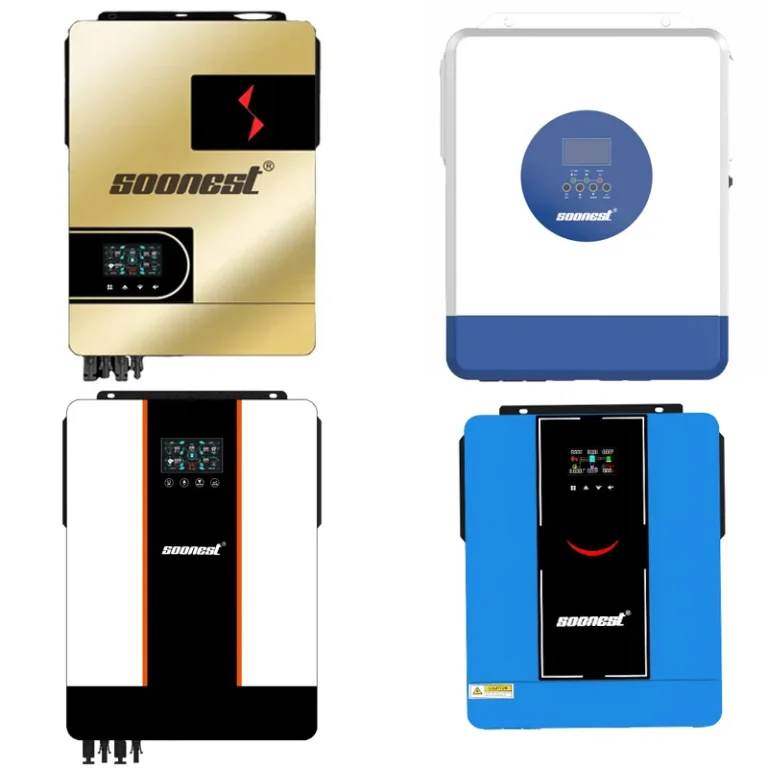In this guide, we’ll dive into the world of 10kW power generators, exploring their uses, features, and differences. Whether solar or gas, these units offer reliable energy solutions for various needs.
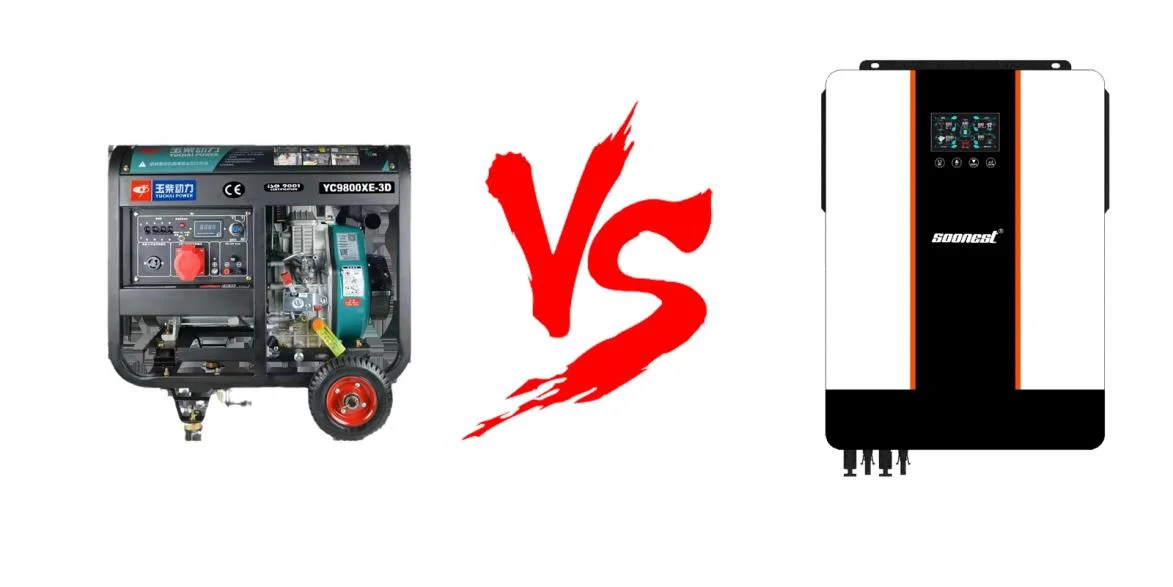
What Does a 10kW Generator Power?
A 10kW generator can handle a broad mix of home and business devices. It supports basics like fridges, cooling units, lamps, and laptops. It can even run heavy tools or equipment at the same time, based on the overall demand. For home use, such a system usually meets most daily power needs during blackouts or in off-grid setups.
Understanding Power Output and Load Capacity
A 10kW generator provides a steady 10 kilowatts of energy. This amount needs to match the total power draw of all connected gadgets. Managing the load is key to prevent overloading. Many solar units come with clever battery systems. These help balance power based on how much is used.
How a 10kW Solar Generator Works
Components of a Solar Generator System
A standard 10kW solar setup has solar panels, a hybrid inverter, lithium-ion battery storage, and tracking tools. SOONEST AIO Series, Solar-integrated systems merge a hybrid inverter and lithium battery into one compact unit, built for smooth energy conversion, storage, and control in off-grid or grid-tied setups.
The inverter is super important. Made for standalone units, this inverter changes DC power from solar panels into clean, pure sine wave AC electricity. It also has MPPT (Maximum Power Point Tracking) to make the best use of solar input.
Energy Generation and Storage Process
Solar panels soak up sunlight and turn it into DC power. Then, the hybrid inverter changes this into AC power for household items. Extra energy gets saved in lithium batteries for later. Automatic switching between grid, solar, and battery modes keeps the power flowing without a hitch.
Battery setups come with strong safety features. A built-in BMS (Battery Management System) protects against overcharging, over-discharging, and overheating.
How a 10kW Gas Generator Works
Internal Combustion Engine Mechanics
Gas generators use engines that run on gasoline or diesel. These engines power an alternator to make electricity. The fuel burns to create motion. Then, this motion turns into electrical energy.
Fuel Requirements and Consumption Rates
A typical 10kW gas unit burns around 1 to 1.5 gallons of fuel each hour at full capacity. This depends on how efficient the engine is. Running it nonstop means you’ll need a big fuel stash or regular refills.
Noise Levels and Emissions Profile
Gas units are often noisier than solar options because of the engine. They also release CO2, NOx, tiny particles, and other harmful stuff into the air while burning fuel.
Comparing Installation and Setup Requirements
Space and Location Considerations
Solar units need space on rooftops or open ground for panels. They also need indoor spots for the inverter and battery. Systems like the SOONEST AIO series are small and neat. These setups make the most of solar energy with little space and better dependability.
Gas units must be placed outside. This is because of the fumes and the need for fresh air.
Time and Complexity of Installation
Setting up a solar system takes effort. You have to mount panels and connect wires to the inverter and battery. Then, adjust settings using an LCD or remote tool like WiFi or GPRS. Sometimes, you link it to the existing grid too.
Gas units are quicker to install. But they need proper grounding and exhaust setup. Fuel lines must be connected. Soundproofing is often needed as well.
Initial Setup Costs
Solar setups cost more at the start. This is due to buying panels, advanced inverters with MPPT, batteries like LiFePO4, mounting gear, and paying for labor.
Gas units are cheaper upfront. However, they don’t save money over time like solar does with free sunlight.
Cost Analysis: Solar vs Gas Generators
Upfront Investment Comparison
Getting a 10kW solar generator can cost a lot more than a gas one at first. This is because of high-tech parts like lithium batteries. Built-in LiFePO4 batteries with 6,000+ cycles at 80% depth of discharge (DoD). Still, these batteries last a long time, so you replace them less often.
Gas units need less money to start. But fuel costs add up over the years.
Long-Term Operational Costs
Solar units barely cost anything to run after setup. Sunlight doesn’t cost a penny. Smart MPPT controllers boost efficiency. 99.8% MPPT efficiency. On the other hand, gas units pile up big fuel bills. Plus, they need upkeep like oil changes or new parts.
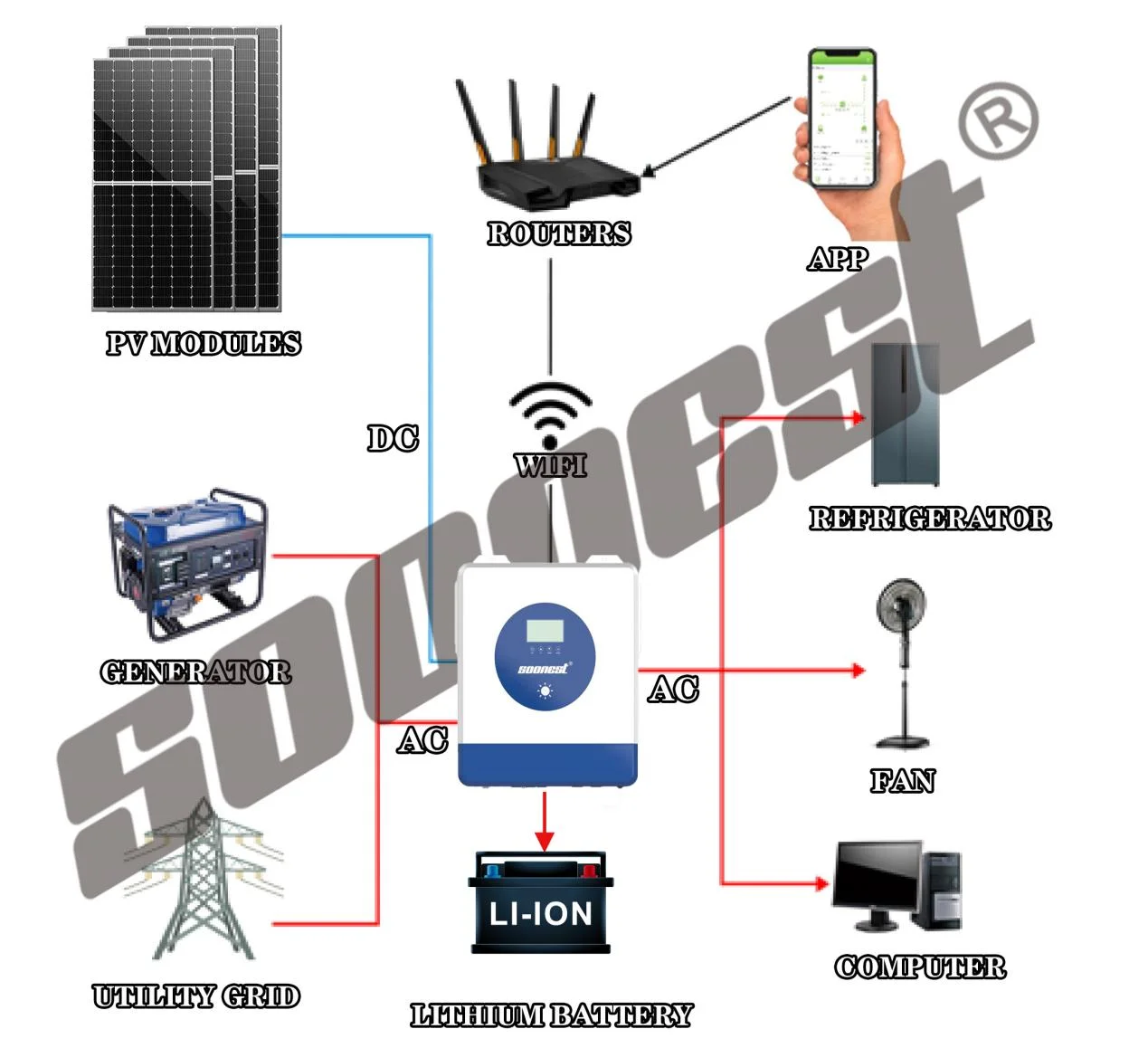
Environmental Impact Considerations
Carbon Emissions from Gas Generators
Gas-powered units let out greenhouse gases. These add to climate change. They also release other bad stuff that can harm health, especially if used a lot.
Sustainability of Solar Energy Systems
Solar units work quietly with no fumes. They use renewable sunlight as their main fuel. This makes them eco-friendly for many years, especially with strong panels. High energy conversion rate (>22%).
Regulatory Incentives for Clean Energy Adoption
Many governments offer incentives like the U.S. federal solar tax credit, which can cover 26% of installation costs for solar systems, reducing the total expense (Source: Internal Revenue Service, www.irs.gov)
Reliability and Performance in Different Conditions
Off-Grid and Emergency Use Scenarios
Solar systems shine in far-off places with no grid access. Deliver electricity to remote areas via hybrid inverters + battery storage. They’re also great during disasters when fuel might be hard to get.
Gas units work well as backup if kept in good shape. But they rely on fuel, which might not be available in long outages.
Performance During Grid Outages or Weather Events
Solar hybrid units keep things running with handy features. They have cold start options. Cold start function. They restart on their own after blackouts. Auto restart while AC is recovering. They also switch smartly between power sources.
Cloudy days might lower output for a bit. But stored battery power fills the gap if it’s the right size.
Runtime Duration and Recharging Capabilities
With enough sunlight and big batteries, solar runtime can go on for a long time. Some designs can grow bigger, up to 20kWh. Modular design allows capacity expansion (e.g., 5kWh to 20kWh). This works well for average use without breaks.
Gas units only run as long as there’s fuel. Their runtime is limited unless you keep adding more.
Portability and Mobility Factors
Size, Weight, and Transportability of Each Type
Gas units are often heavy but can be moved with wheels or handles. Solar options can be easy to carry too, depending on the setup. Some are made light for emergencies or RV use. Lightweight portable design. They pair foldable panels with small battery packs and inverters.
Suitability for RVs, Remote Sites, or Mobile Applications
Solar stands out for mobile use. Sustain onboard electronics in boats/RVs with marine-grade inverters. With no fumes, noise, or fuel needs, they’re perfect for travel or off-grid life. Gas units, however, need air flow, fuel planning, and noise control.
10kW Solar or Gas Generator, Based on Your Needs
Evaluating Your Power Usage Patterns
If you use power daily and care about the planet, a solar unit gives freedom and quiet operation. This is great for remote spots. But if you just need rare emergency backup and money is tight, a gas unit might work for now, even with its flaws.
Budget, Location, and Environmental Priorities
If being green matters to you, go for solar, even if it costs more at first. If you need something fast and simple to set up, a gas unit might fit better. Think about shade, weather, fuel access, and other local factors when deciding.
Hybrid Options as a Compromise Solution
For the best of both worlds, hybrid systems mix solar and gas tech. They use smart switching in fancy inverter setups. Combining solar system, AC utility, and battery power source to supply continuous power. You can use clean energy when it’s there. Then, switch to fuel only if you must. This gives strength in any situation.
FAQ
Q1: What can a 10kW generator run in my home?
A: A 10kW generator can power key items like fridges, lights, air conditioners, and computers. It can even handle bigger tools if the total load allows.
Q2: Are solar generators worth the higher cost?
A: Yes, for many people. Solar units save money over time with free sunlight and low upkeep. They’re also better for the planet.
Q3: How noisy are gas generators compared to solar ones?
A: Gas units are much louder because of their engines. Solar generators run quietly since they have no moving parts like that.

